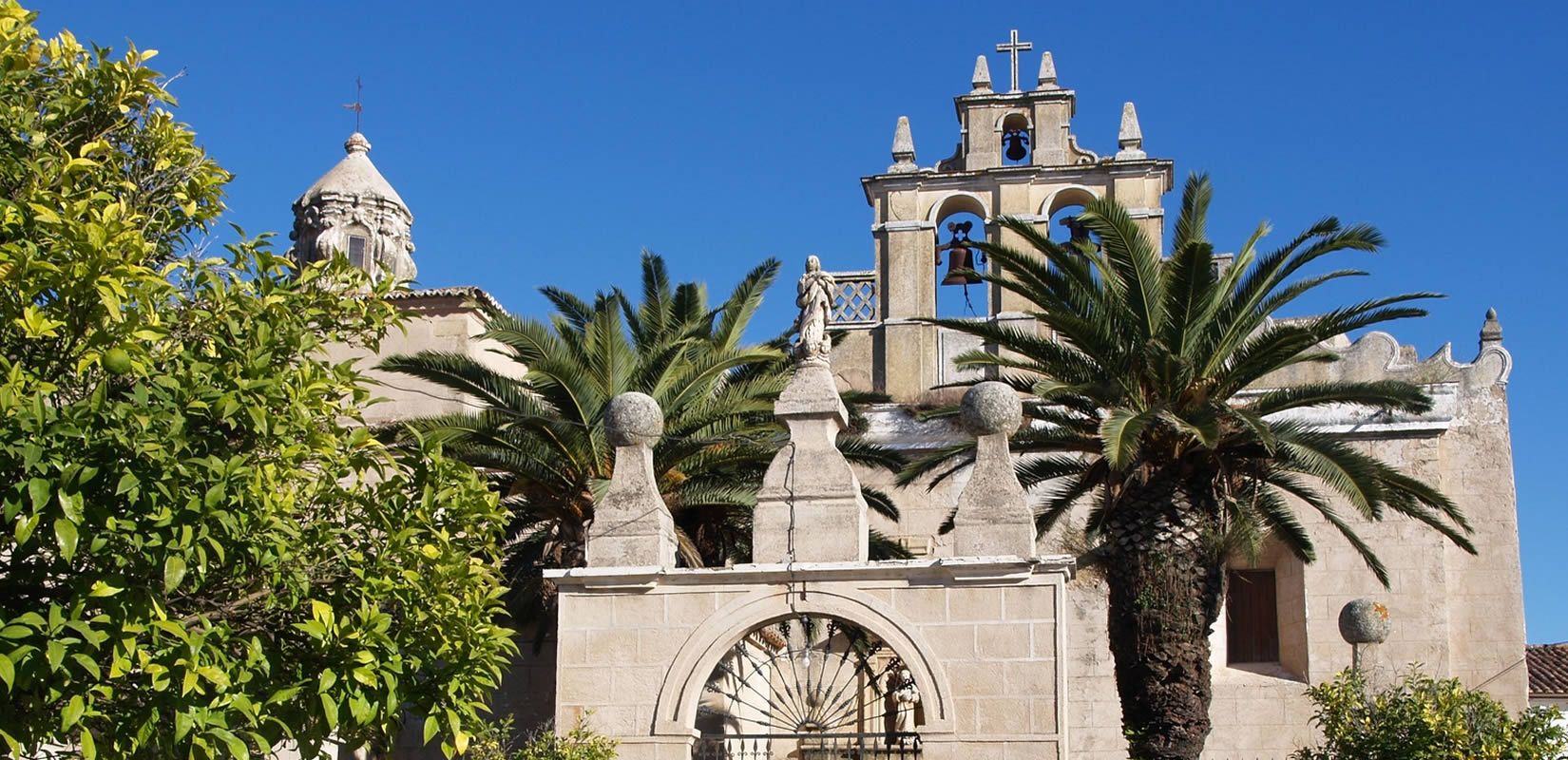
Alburquerque
Alburquerque is a town in the province of Badajoz in Spain. Alburquerque is a town in the province of Badajoz in Spain. It has 5,600 inhabitants. It is very close to the border with Portugal and was an ancient dominion of the kings of this country. The origin of the name of the town is uncertain. It probably stems from Latin, alba quercus, or "the white oak". Less likely, it may come from the Arabic Abu al-Qurq, which means "father of the cork [oak]".
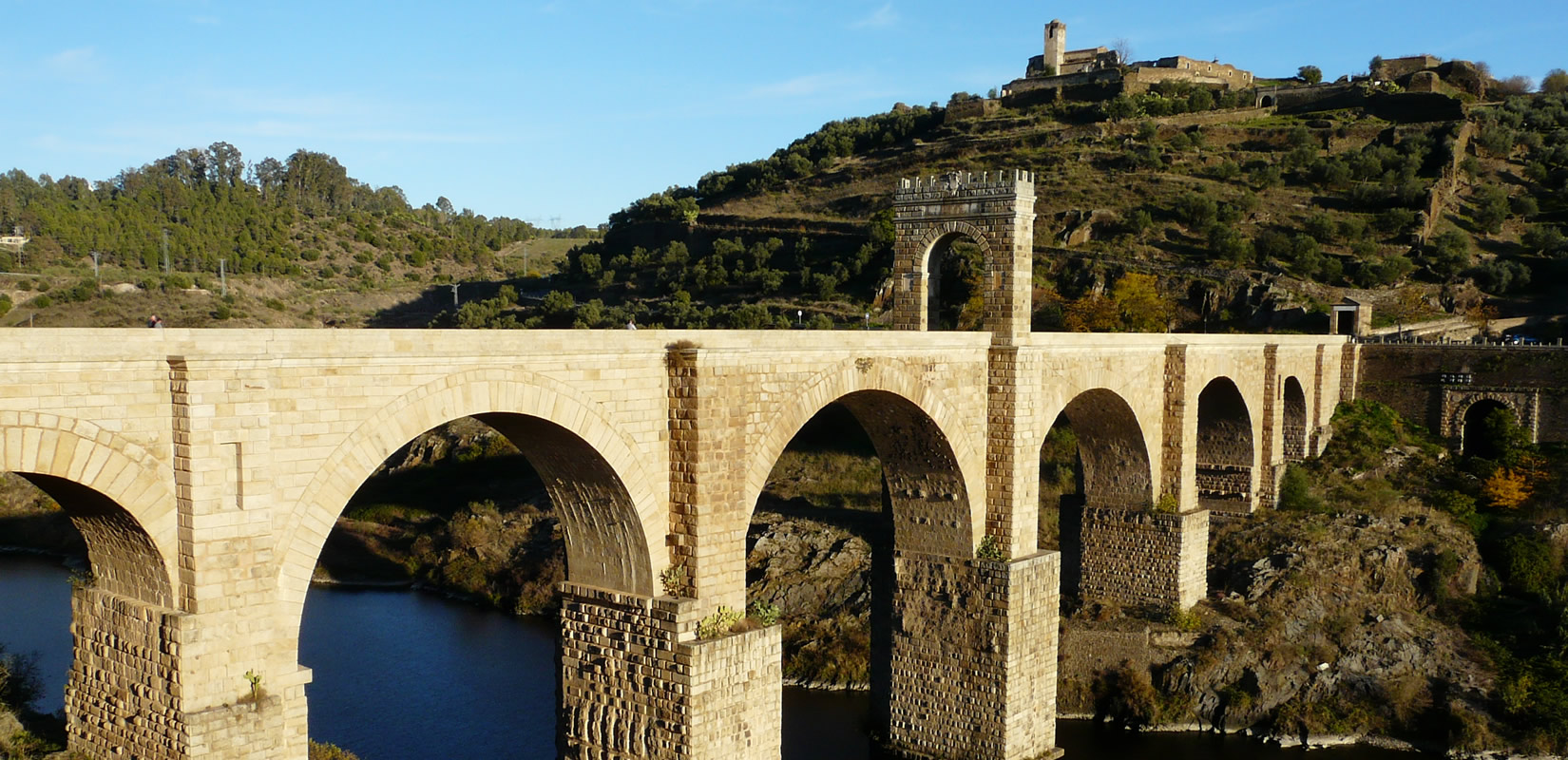
Alcántara
Alcántara is a municipality in the province of Cáceres, Extremadura, Spain, on the Tagus, near Portugal. Archaeological findings have attested human presence in the area from the Bronze Age; the first historical inhabitants were the Lusitanians, followed by the Celts, who came from east to the Pyrenees. To this period, and to the following Roman domination, belong remains of several castra (military camps), villas and the bridge which gives its name to the city. The Roman rule lasted from the 2nd century BC to the 5th century, when they were replaced by the Visigoths.
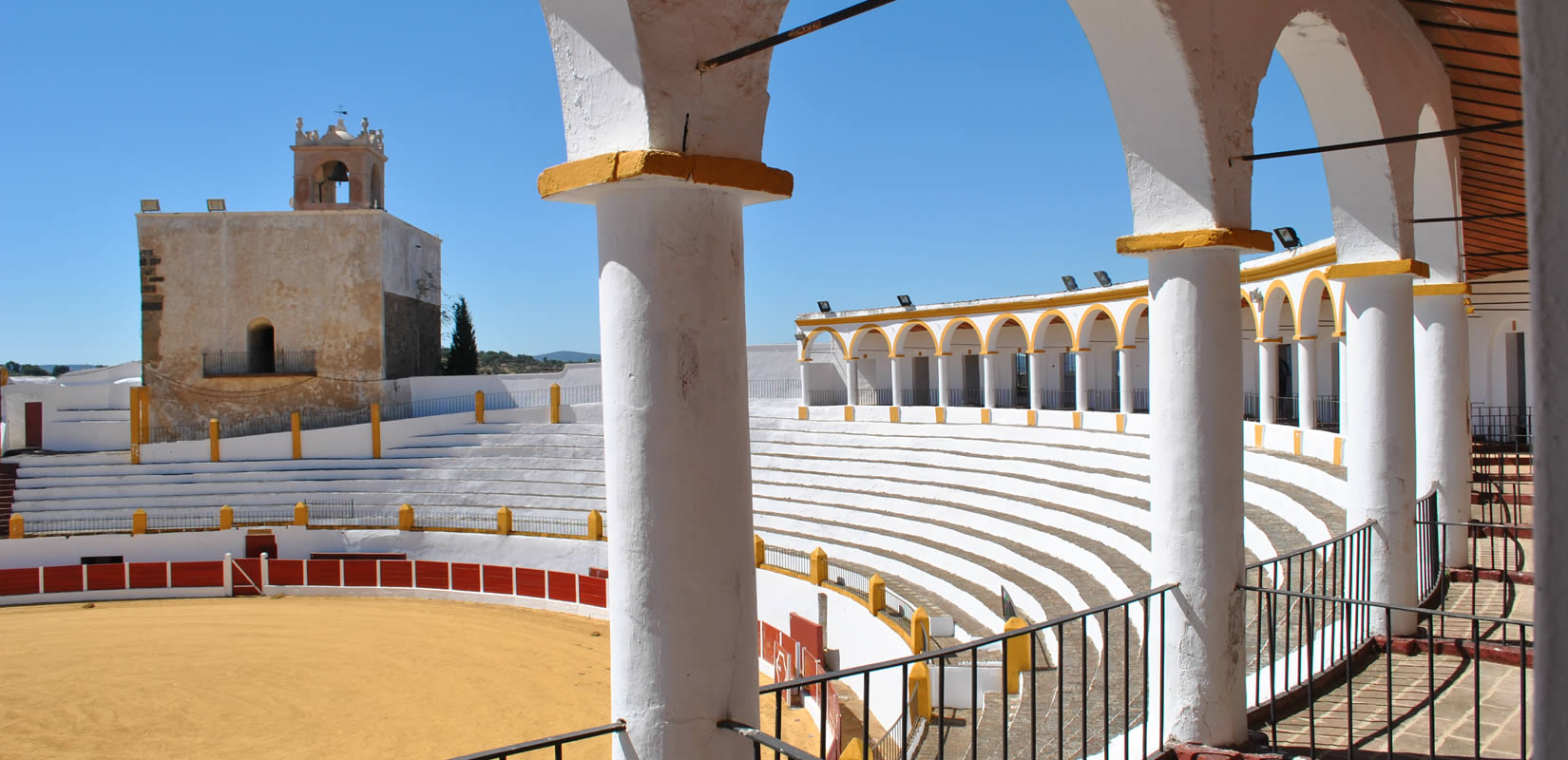
Barcarrota
Barcarrota is a Spanish municipality in the province of Badajoz, Extremadura. Barcarrota was the location of the Battle of Villanueva de Barcarrota (1336), in which Castilian troops decisively defeated a Portuguese army.
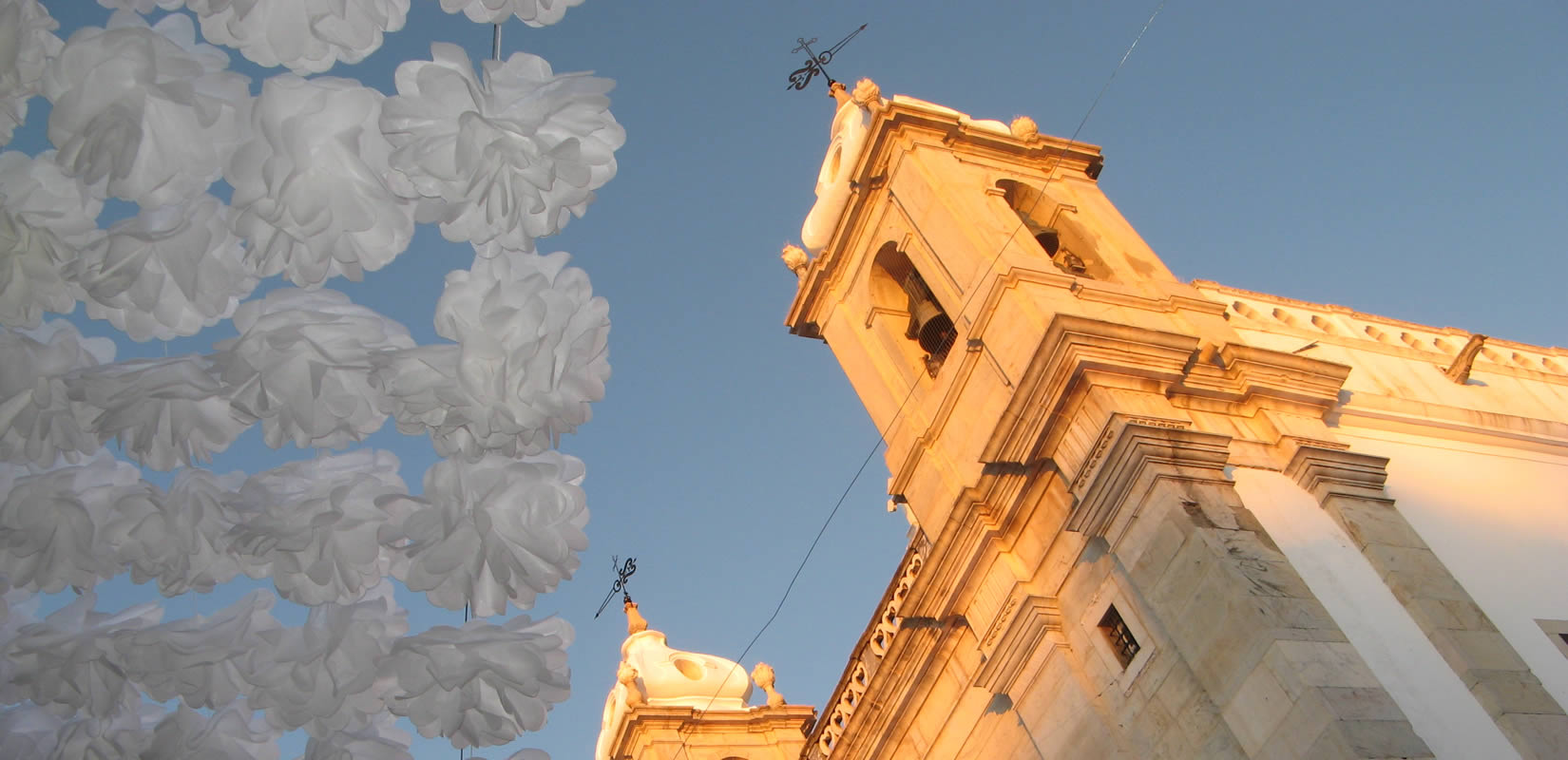
Campo Maior
Campo Maior, is a municipality in the Portalegre District, Alentejo Region, Portugal. Campo Maior was certainly a Roman settling - the ancient Muro Dam is close by - which went under control of the Moors for half a millennium. In 1219, it was conquered by Christian knights, the Pérez de Badajoz family, who then gave the village, which belonged to the municipality of Badajoz, to the Church of Santa Maria do Castelo (Saint Mary of the Castle).
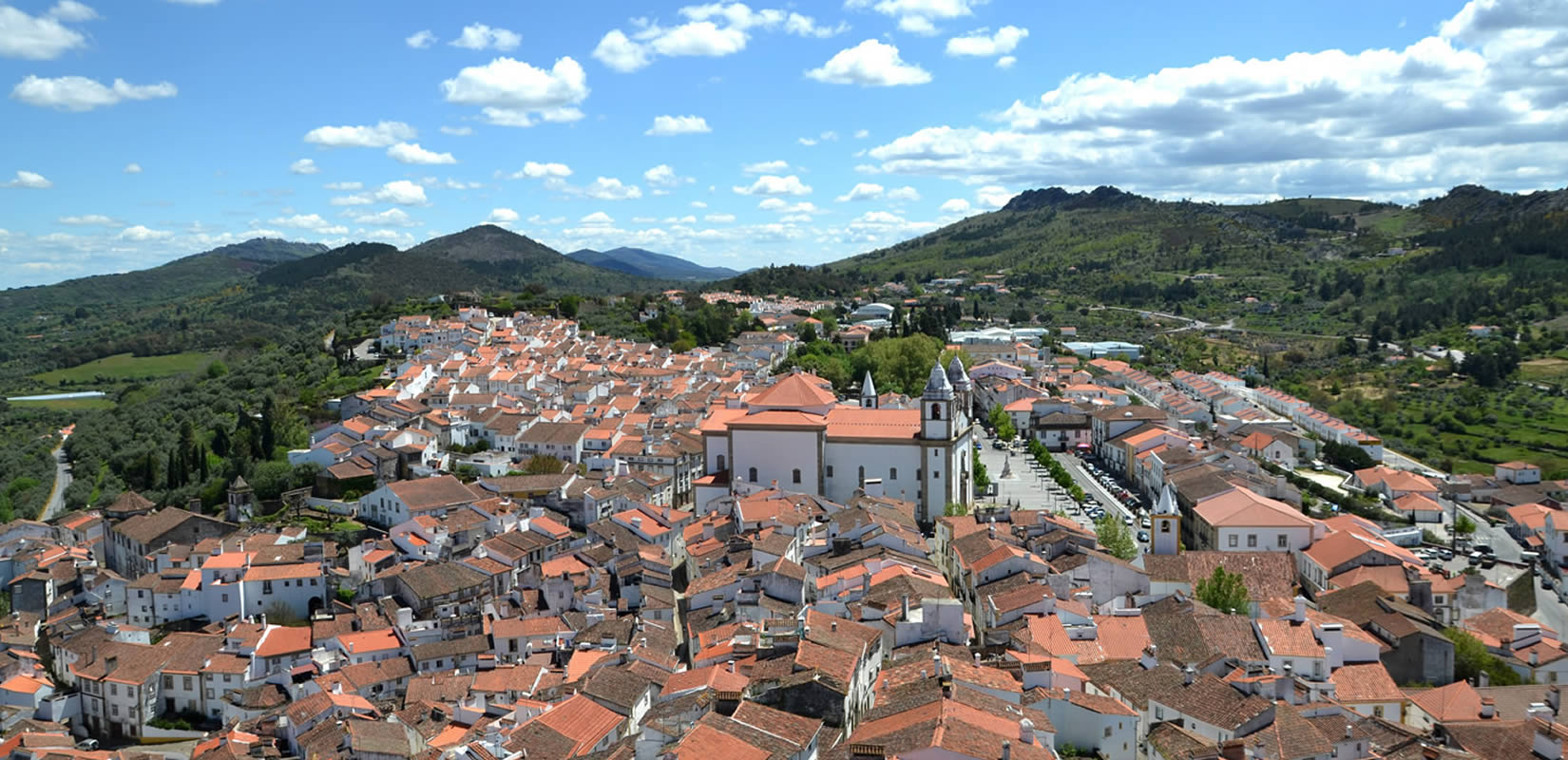
Castelo de Vide
Castelo de Vide is a municipality in Portugal with a total population of 3,780 inhabitants. The municipality is composed of 4 parishes, and is located by the Serra de São Mamede in Portalegre District.
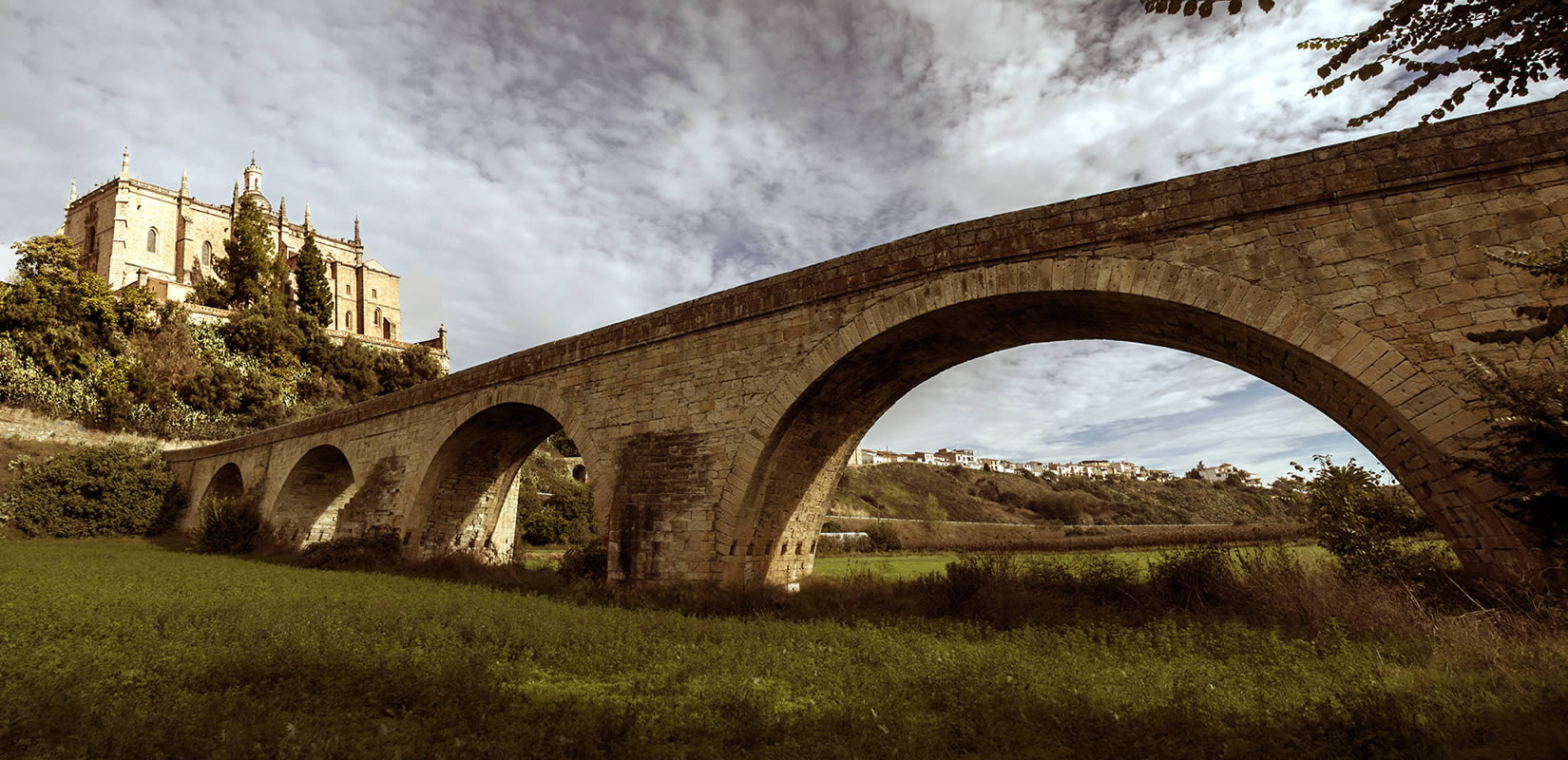
Coria
Coria, "la muy noble y muy leal ciudad de Coria" (the very noble and loyal city of Coria), is a Spanish municipality in the province of Cáceres, Extremadura. Founded before the Romans occupied the Iberian Peninsula, and called Caura, the Romans gave it its present name in Latin, Caurium, and later the city was granted Roman citizenship. Later in the Visigoth, created the Diocese of Coria that, except for the years of Muslim occupation, held at the Episcopal Coria until the twentieth century, when it was forced to share the capital of the diocese in Cáceres.
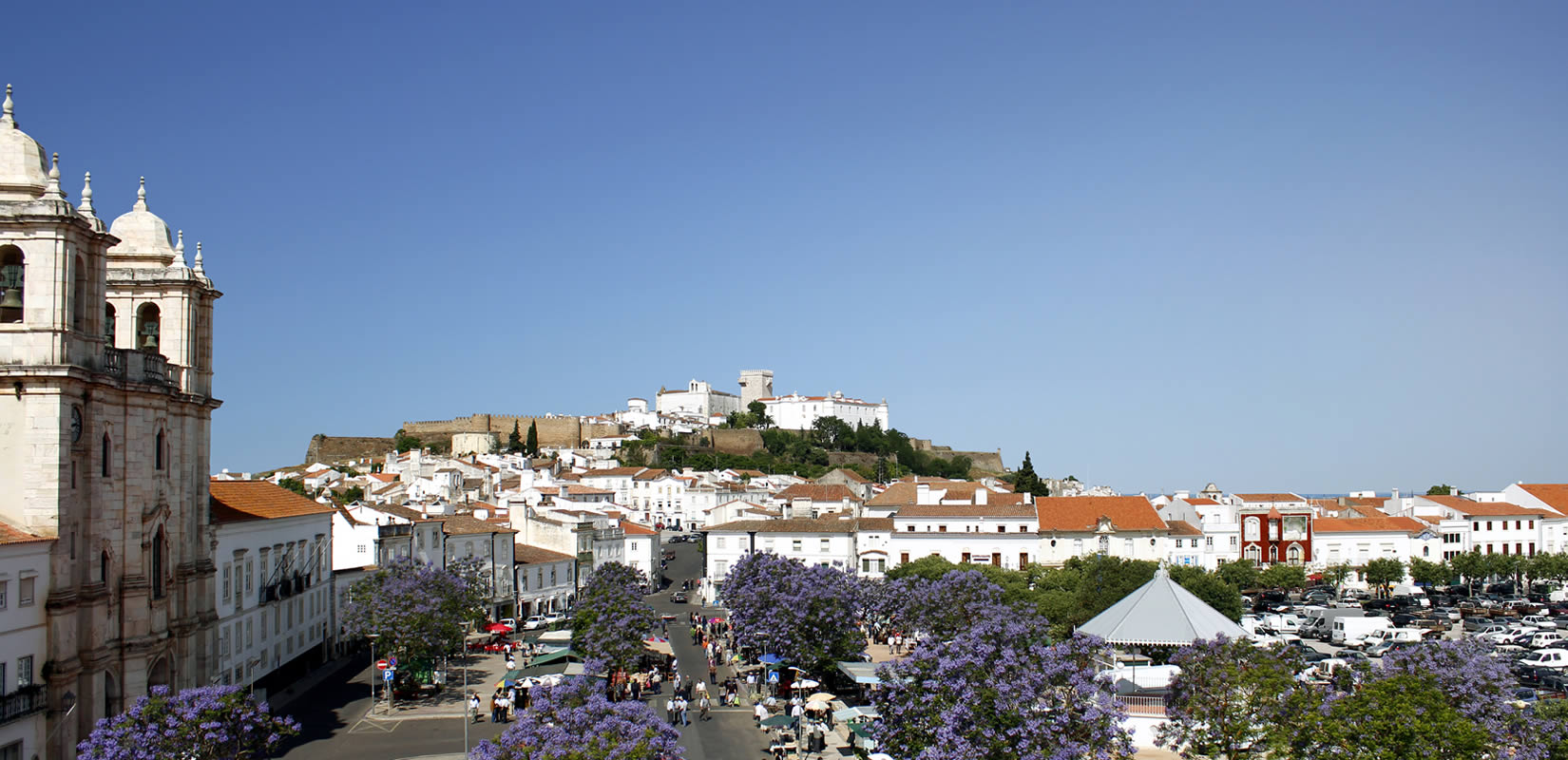
Estremoz
Estremoz is a city located in Estremoz Municipality in Alentejo Region in Portugal. An important strategic site between the Kingdoms of Portugal and Castile, Estramoz received a charter (fuero) in 1258 from Afonso III after the Moors were driven out a second time, which promoted Christian colonization in the area. King Dinis rebuilt the castle as a royal palace, further promoting the area.
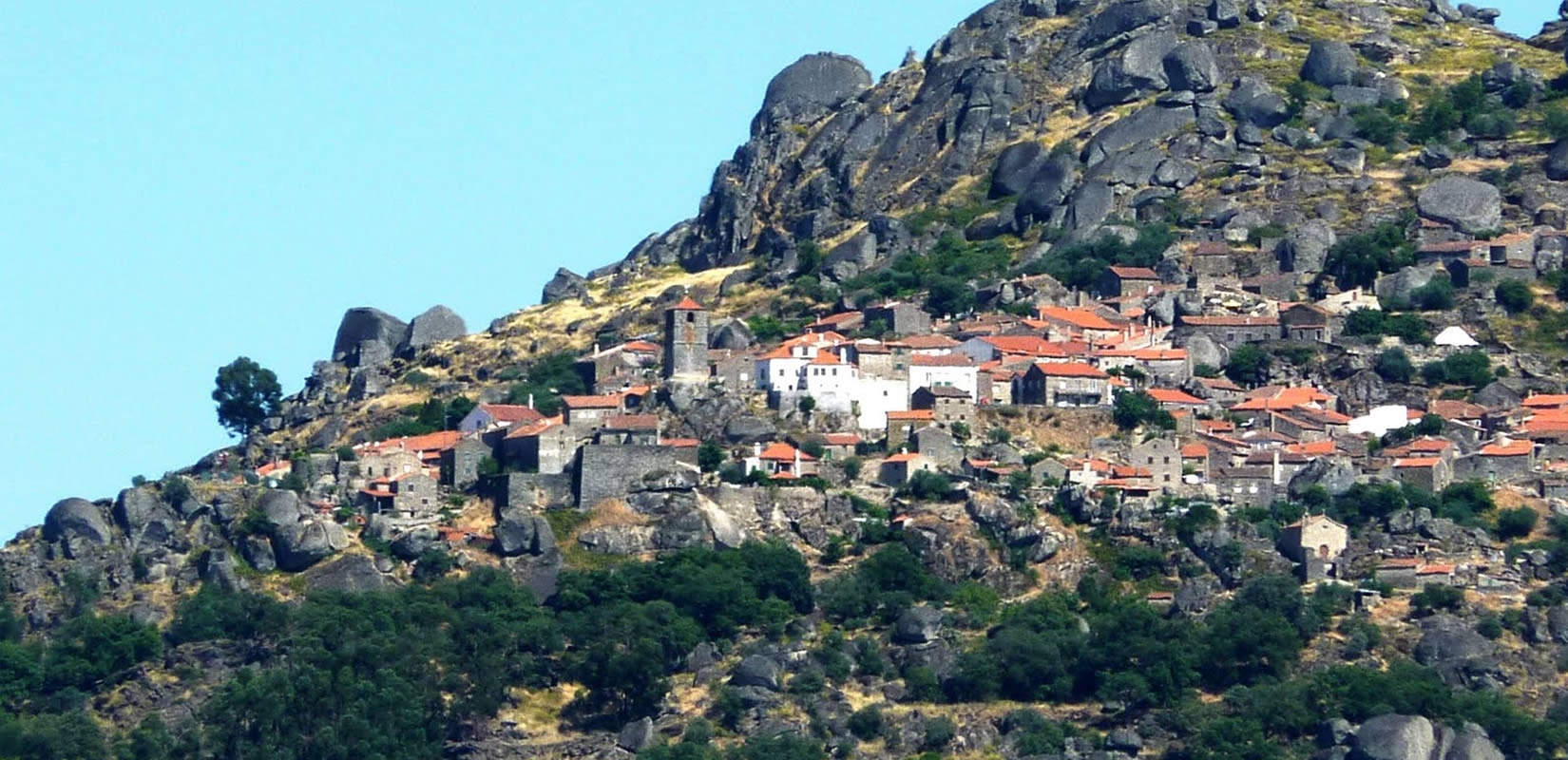
Idanha-a-Nova
Idanha-a-Nova is a municipality in east-central Portugal Idanha-a-Nova has hosted the massive biannual Boom Festival since 2002, during which the population of the community temporarily increases more than fivefold.
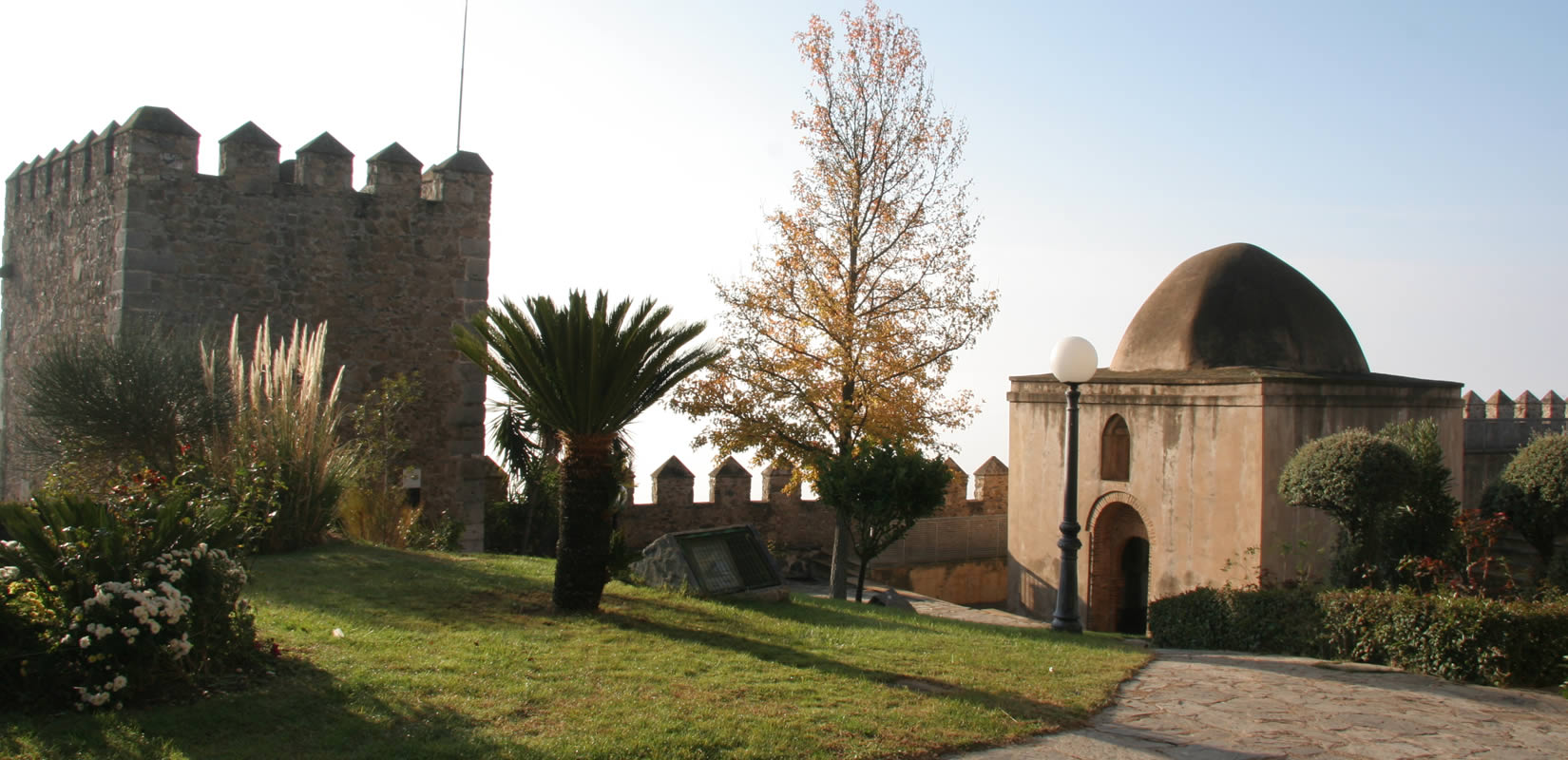
Jerez de los Caballeros
Jerez de los Caballeros is a town of south-western Spain, in the province of Badajoz. It is situated on two heights overlooking the River Ardila, a tributary of the Guadiana, 12 miles east of the Portuguese frontier. The old town is surrounded by a Moorish wall with six gates. The newer portion is well and regularly built, and planted with numerous orange and other fruit trees. Its staple trade is in agricultural produce, especially in ham and bacon from herds of swine which are reared in the surrounding oak forests.
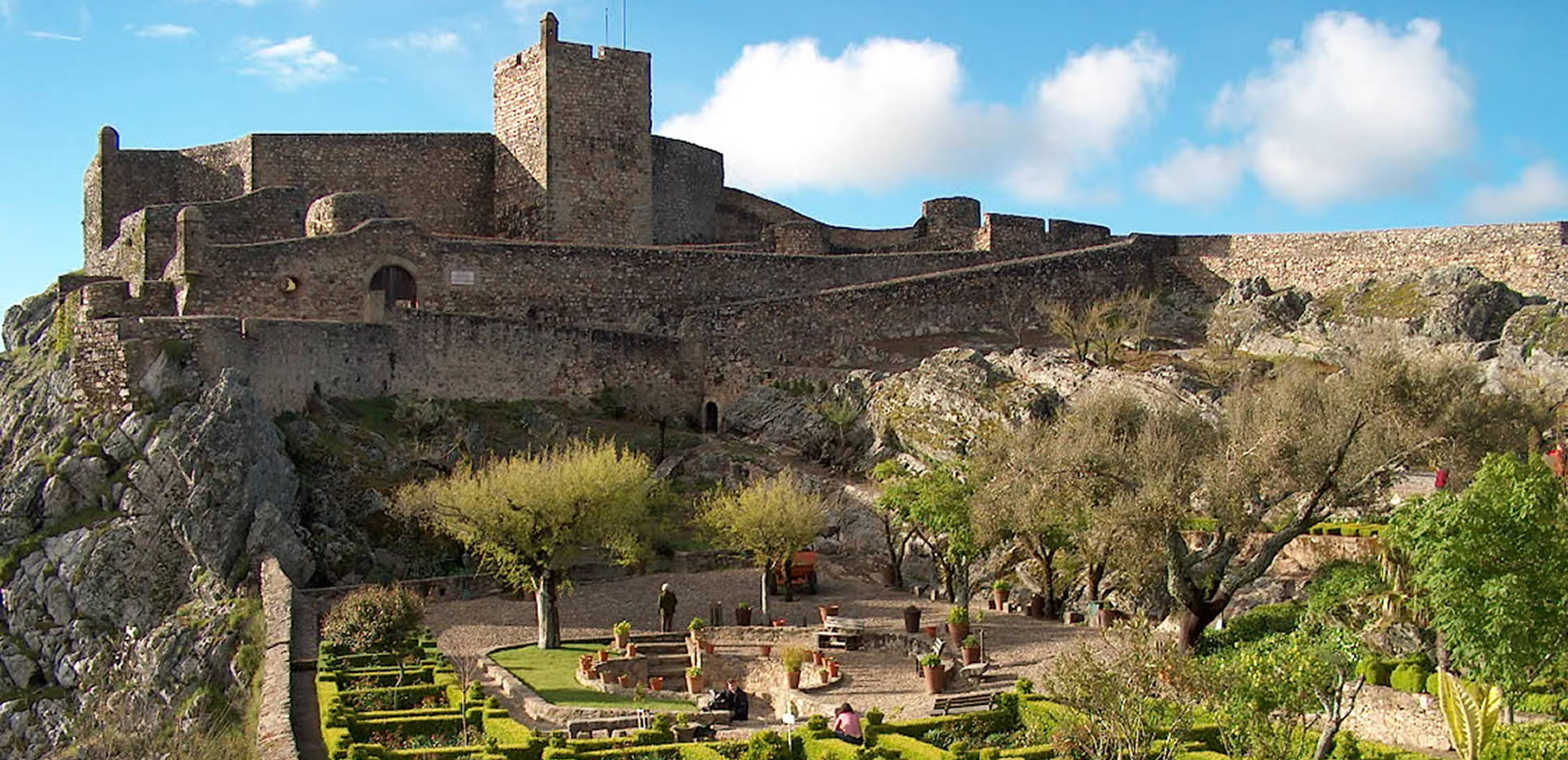
Marvão
Marvão is a municipality in Portugal with a total population of 3,739 inhabitants. Perched on a granite crag of the Serra de São Mamede, Marvão´s name is derived from an 8th-century Muslim duke, named Ibn Marwan. Ibn Marwan used the fortress as a power base when establishing an independent statelet ("emirate", duchy) - covering much of modern-day Portugal - during the Cordoban emirate (884-931 CE). The castle and walled village were further fortified through the centuries, notably under Sancho II of Portugal (13th century) and Denis of Portugal.
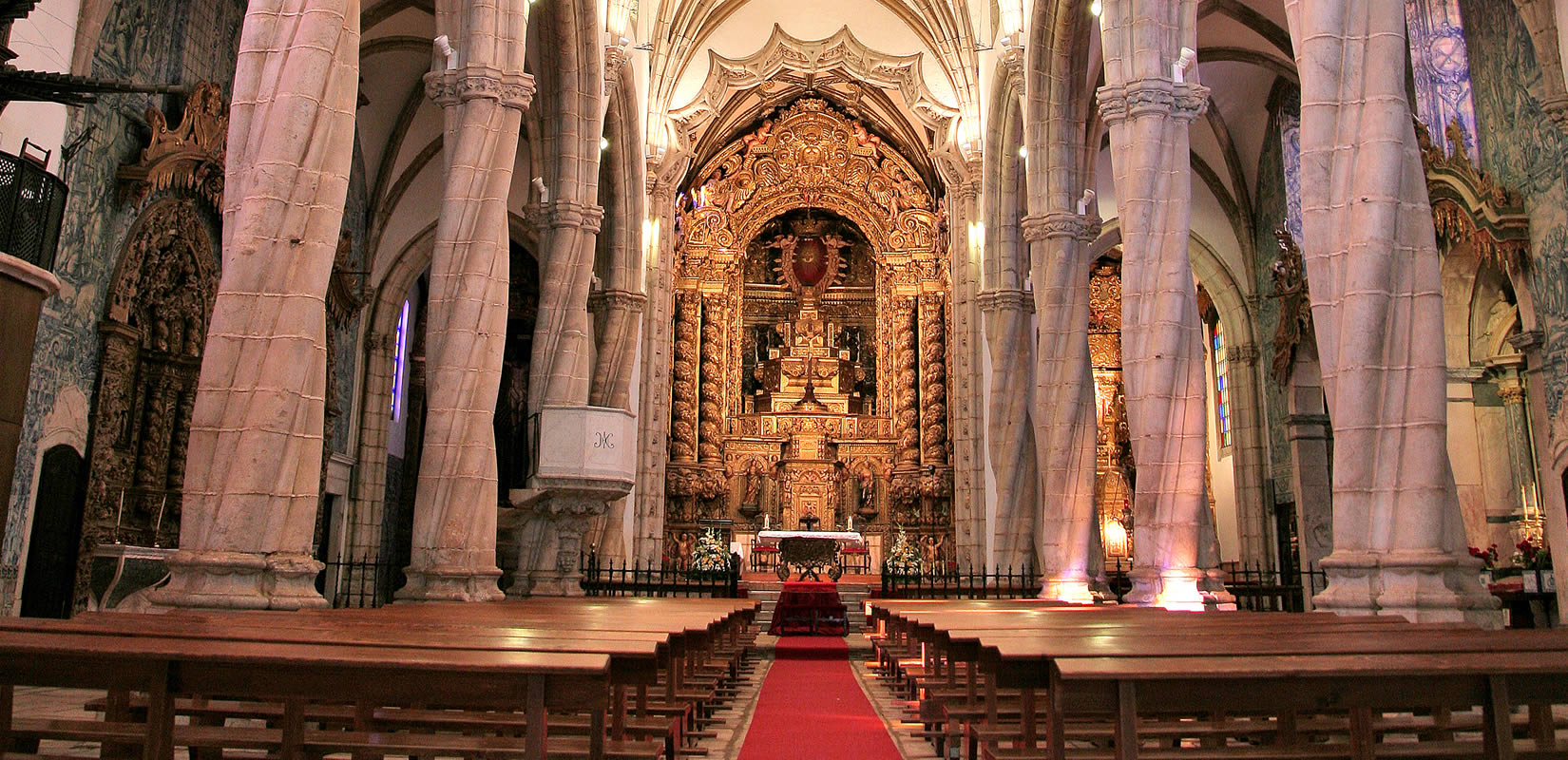
Olivenza
Olivenza or Olivença is a town in the autonomous community of Extremadura. As Olivença, the town was under Portuguese sovereignty between 1297 (Treaty of Alcañices) and 1801 when it was ceded to Spain under the Treaty of Badajoz. Spain has since administered the territory (now split into two municipalities, Olivenza and Táliga), whilst Portugal invokes the self-revocation of the Treaty of Badajoz, plus the Treaty of Vienna of 1815, to claim the return of the territory.
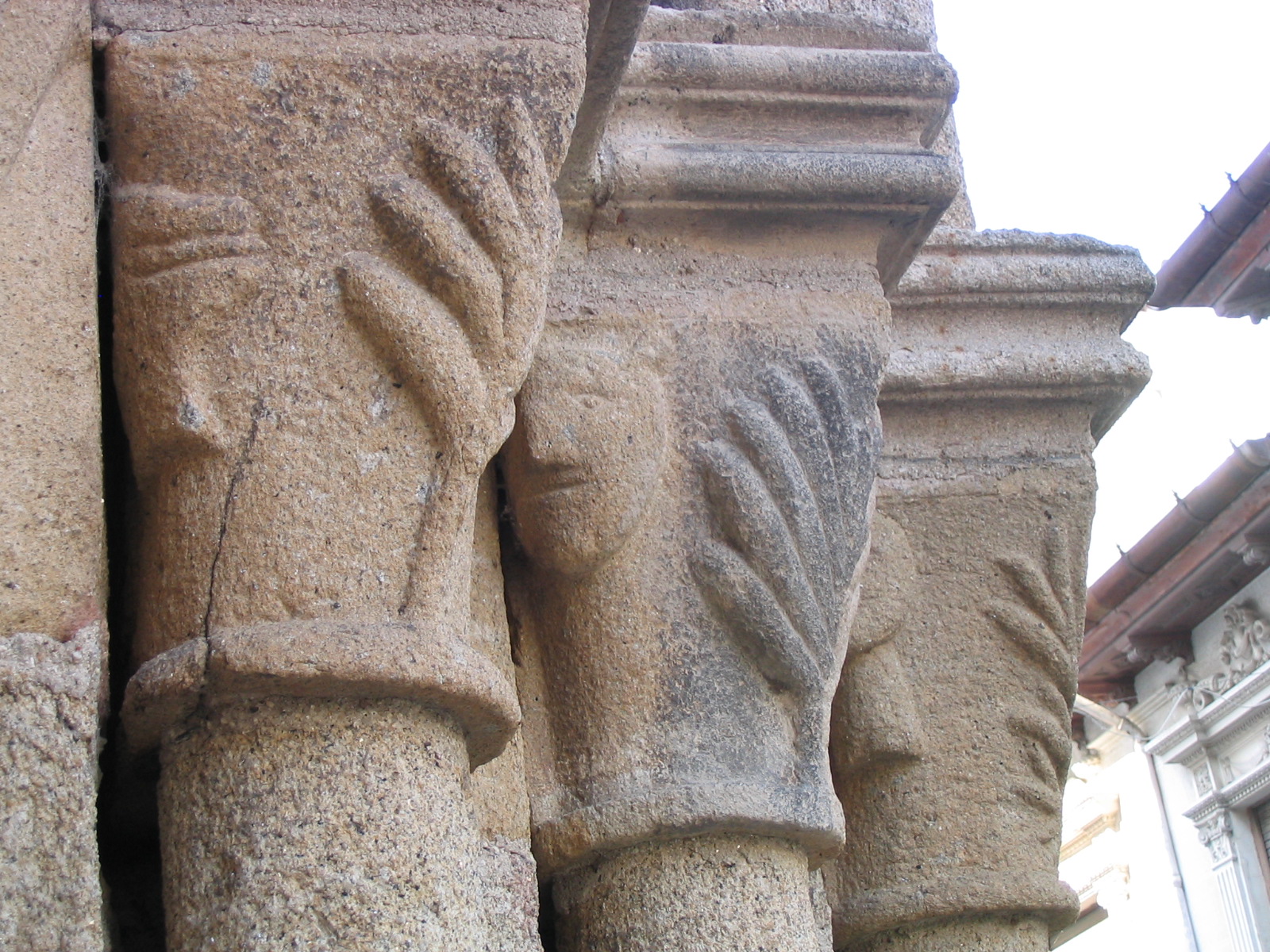
Valencia de Alcántara
Valencia de Alcántara is a Spanish town near the Portuguese border (District of Portalegre). It is located in Cáceres province. Nuestra Señora de Rocamador is the most important church. Valencia de Alcántara is a very important centre of dolmens in Europe. The Battle of Valencia de Alcántara took place in 1762 as part of the Spanish invasion of Portugal. Portuguese-British troops under John Burgoyne attacked and captured the town, which was a Spanish supply base - setting back the invasion and contributing to the general British victory that year.


